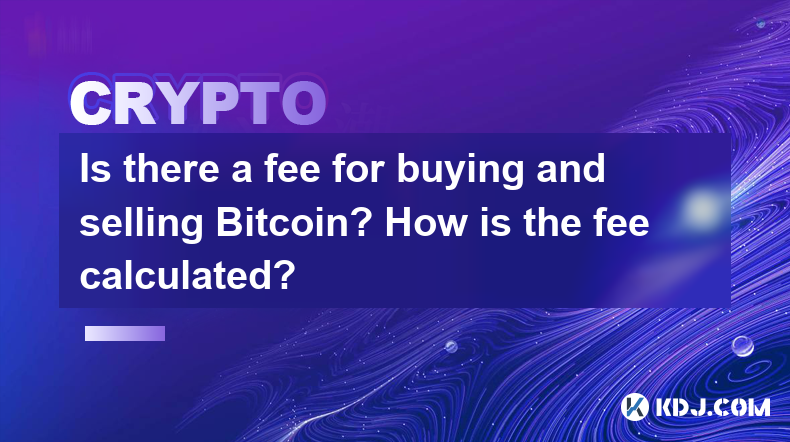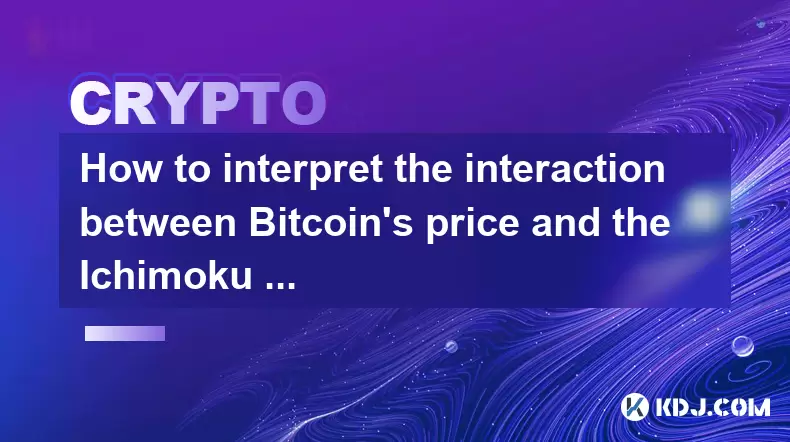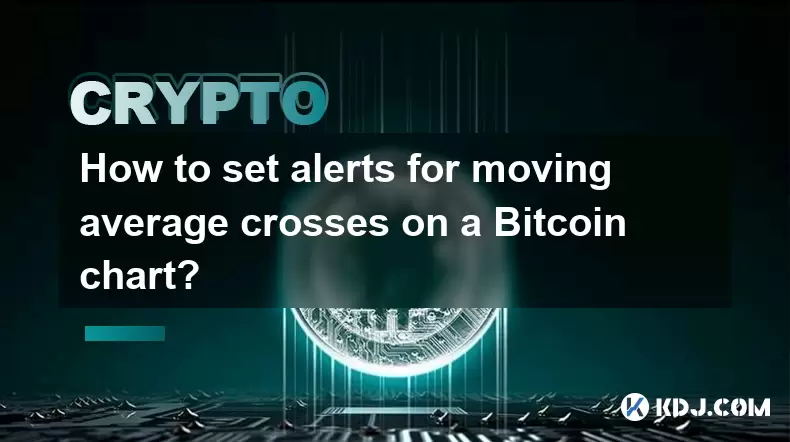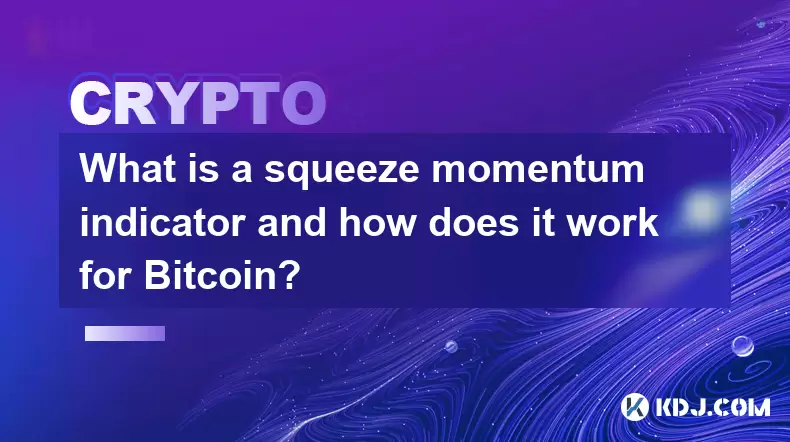-
 Bitcoin
Bitcoin $108,017.2353
-0.81% -
 Ethereum
Ethereum $2,512.4118
-1.58% -
 Tether USDt
Tether USDt $1.0002
-0.03% -
 XRP
XRP $2.2174
-1.03% -
 BNB
BNB $654.8304
-0.79% -
 Solana
Solana $147.9384
-1.76% -
 USDC
USDC $1.0000
-0.01% -
 TRON
TRON $0.2841
-0.76% -
 Dogecoin
Dogecoin $0.1636
-2.09% -
 Cardano
Cardano $0.5726
-1.72% -
 Hyperliquid
Hyperliquid $39.1934
1.09% -
 Sui
Sui $2.9091
-0.59% -
 Bitcoin Cash
Bitcoin Cash $482.1305
0.00% -
 Chainlink
Chainlink $13.1729
-1.54% -
 UNUS SED LEO
UNUS SED LEO $9.0243
-0.18% -
 Avalanche
Avalanche $17.8018
-1.90% -
 Stellar
Stellar $0.2363
-1.69% -
 Toncoin
Toncoin $2.7388
-3.03% -
 Shiba Inu
Shiba Inu $0.0...01141
-1.71% -
 Litecoin
Litecoin $86.3646
-1.98% -
 Hedera
Hedera $0.1546
-0.80% -
 Monero
Monero $311.8554
-1.96% -
 Dai
Dai $1.0000
-0.01% -
 Polkadot
Polkadot $3.3473
-2.69% -
 Ethena USDe
Ethena USDe $1.0001
-0.01% -
 Bitget Token
Bitget Token $4.3982
-1.56% -
 Uniswap
Uniswap $6.9541
-5.35% -
 Aave
Aave $271.7716
0.96% -
 Pepe
Pepe $0.0...09662
-1.44% -
 Pi
Pi $0.4609
-4.93%
Is there a fee for buying and selling Bitcoin? How is the fee calculated?
Bitcoin transactions incur fees: transaction fees paid to miners and exchange fees. Fees are calculated based on transaction size and network congestion.
Apr 28, 2025 at 04:42 pm

Is there a fee for buying and selling Bitcoin? How is the fee calculated?
When engaging in the world of cryptocurrencies, one of the most common questions that arise is whether there are fees associated with buying and selling Bitcoin. The answer is yes, there are fees involved, and understanding how these fees are calculated is crucial for anyone looking to navigate the crypto market effectively. This article will delve into the specifics of these fees, how they are calculated, and what factors influence them.
Types of Fees in Bitcoin Transactions
When you buy or sell Bitcoin, you will encounter several types of fees. These can be broadly categorized into two main types: transaction fees and exchange fees.
- Transaction Fees: These are fees paid to miners who process and validate transactions on the Bitcoin network. The fee is typically measured in satoshis per byte (sat/B).
- Exchange Fees: These are fees charged by cryptocurrency exchanges for facilitating the buying and selling of Bitcoin. These fees can vary widely depending on the exchange and the type of transaction.
How Transaction Fees Are Calculated
Transaction fees on the Bitcoin network are determined by the size of the transaction in bytes and the fee rate you are willing to pay. The fee rate is usually set by the user, and it influences how quickly the transaction will be processed.
- Transaction Size: The size of a transaction is determined by the number of inputs and outputs. Each input and output adds to the total size of the transaction.
- Fee Rate: This is the amount you are willing to pay per byte of the transaction. A higher fee rate can result in faster transaction confirmation.
To calculate the transaction fee, you multiply the transaction size by the fee rate. For example, if your transaction size is 250 bytes and you set a fee rate of 20 sat/B, the transaction fee would be 250 * 20 = 5,000 satoshis.
Factors Influencing Transaction Fees
Several factors can influence the transaction fees you pay on the Bitcoin network:
- Network Congestion: During times of high network activity, miners prioritize transactions with higher fees, leading to increased fees for users.
- Transaction Complexity: Transactions with more inputs and outputs are larger in size and thus more expensive.
- Urgency: If you need your transaction to be processed quickly, you may choose to pay a higher fee rate.
How Exchange Fees Are Calculated
Exchange fees are typically a percentage of the transaction amount and can vary based on several factors:
- Type of Transaction: Some exchanges charge different fees for market orders versus limit orders.
- Trading Volume: Many exchanges offer tiered fee structures where higher trading volumes result in lower fees.
- Payment Method: Using certain payment methods, such as bank transfers, may incur lower fees compared to credit card payments.
For example, if you are buying $1,000 worth of Bitcoin on an exchange with a 0.5% fee, you would pay $5 in fees. If you are selling $1,000 worth of Bitcoin with a 0.5% fee, you would receive $995 after the fee is deducted.
Strategies to Minimize Fees
There are several strategies you can employ to minimize the fees you pay when buying and selling Bitcoin:
- Choose the Right Exchange: Research different exchanges to find one with competitive fee structures that suit your trading needs.
- Batch Transactions: Combining multiple transactions into one can reduce the overall fee you pay.
- Use SegWit: Segregated Witness (SegWit) transactions are smaller in size, which can lead to lower fees.
- Monitor Network Conditions: Adjust your fee rate based on current network congestion to balance speed and cost.
Frequently Asked Questions
Q: Can I avoid paying fees when buying and selling Bitcoin?
A: It is not possible to completely avoid fees when buying and selling Bitcoin. However, you can minimize them by choosing the right exchange, using strategies like batching transactions, and adjusting your fee rates based on network conditions.
Q: Do all exchanges charge the same fees for Bitcoin transactions?
A: No, different exchanges have different fee structures. Some may charge a flat fee, while others may have a tiered system based on trading volume. It's important to compare fees across different platforms to find the best option for your needs.
Q: How can I estimate the transaction fee before sending Bitcoin?
A: You can use online fee estimators or tools provided by your wallet to get an estimate of the transaction fee. These tools take into account the current network conditions and the size of your transaction to provide an accurate estimate.
Q: Are there any hidden fees I should be aware of when trading Bitcoin?
A: While most exchanges are transparent about their fees, it's important to read the fine print. Some exchanges may charge additional fees for withdrawals, deposits, or using certain payment methods. Always review the fee schedule of an exchange before trading.
Disclaimer:info@kdj.com
The information provided is not trading advice. kdj.com does not assume any responsibility for any investments made based on the information provided in this article. Cryptocurrencies are highly volatile and it is highly recommended that you invest with caution after thorough research!
If you believe that the content used on this website infringes your copyright, please contact us immediately (info@kdj.com) and we will delete it promptly.
- Bitcoin, Kiyosaki, and Acquisition: A Perfect Storm?
- 2025-07-05 22:35:14
- Cardano vs. Solana: The $500 Dream and a Payments Disruptor
- 2025-07-05 22:50:13
- Subway Surfers on PC: Level Up Your Experience, No Train Ticket Needed!
- 2025-07-05 22:35:14
- Ray Dalio, Bitcoin, and Disruptions: Navigating the Future of Finance
- 2025-07-05 23:10:13
- Yu Darvish's Padres Return: A Coin Flip?
- 2025-07-05 22:50:13
- Undead Blocks Rises Again: Avalanche Blockchain, Blackhole Partnership, and a Roadmap to 2026
- 2025-07-05 22:55:12
Related knowledge

What is the Woodies CCI indicator and can it be used for Bitcoin?
Jul 04,2025 at 05:14pm
Understanding the Woodies CCI IndicatorThe Woodies CCI indicator is a variation of the traditional Commodity Channel Index (CCI), which was originally developed by Donald Lambert. The standard CCI measures the current price level relative to an average price over a given period, typically 14. However, the Woodies version modifies this calculation to mak...

How to use indicators to trade the opening range breakout for Bitcoin CME futures?
Jul 05,2025 at 07:35pm
What Is the Opening Range Breakout Strategy?The opening range breakout (ORB) strategy is a popular trading technique used in both traditional markets and cryptocurrency futures, particularly for Bitcoin on the CME. This method involves identifying a specific price range formed during the early phase of a trading session and then taking positions when th...

What does a bearish cross on the Stochastic RSI mean for Bitcoin?
Jul 05,2025 at 07:18pm
Understanding the Stochastic RSI IndicatorThe Stochastic RSI (Relative Strength Index) is a momentum oscillator used in technical analysis to identify overbought or oversold conditions in an asset's price. It combines two well-known indicators — the RSI and the Stochastic Oscillator — to provide more nuanced signals than either could alone. The Stochast...

How to interpret the interaction between Bitcoin's price and the Ichimoku baseline (Kijun-sen)?
Jul 05,2025 at 11:42pm
Understanding the Ichimoku Baseline (Kijun-sen) in Technical AnalysisThe Ichimoku Cloud, also known as Ichimoku Kinko Hyo, is a comprehensive technical analysis tool that provides insights into momentum, trend direction, and potential support/resistance levels. Within this system, the Kijun-sen, or baseline, plays a crucial role. It is calculated by ave...

How to set alerts for moving average crosses on a Bitcoin chart?
Jul 05,2025 at 09:21pm
Understanding Moving Average Crosses in Bitcoin TradingMoving average crosses are one of the most commonly used technical indicators among cryptocurrency traders. In the context of Bitcoin, these signals help identify potential trend reversals or confirm ongoing trends. A moving average cross occurs when a short-term moving average (e.g., 9-day EMA) int...

What is a squeeze momentum indicator and how does it work for Bitcoin?
Jul 05,2025 at 07:32pm
Understanding the Squeeze Momentum IndicatorThe Squeeze Momentum Indicator is a technical analysis tool used by traders to identify potential breakout opportunities in financial markets, including cryptocurrencies like Bitcoin. It was developed by John Carter and is widely used among active traders who seek to capture volatility expansions after periods...

What is the Woodies CCI indicator and can it be used for Bitcoin?
Jul 04,2025 at 05:14pm
Understanding the Woodies CCI IndicatorThe Woodies CCI indicator is a variation of the traditional Commodity Channel Index (CCI), which was originally developed by Donald Lambert. The standard CCI measures the current price level relative to an average price over a given period, typically 14. However, the Woodies version modifies this calculation to mak...

How to use indicators to trade the opening range breakout for Bitcoin CME futures?
Jul 05,2025 at 07:35pm
What Is the Opening Range Breakout Strategy?The opening range breakout (ORB) strategy is a popular trading technique used in both traditional markets and cryptocurrency futures, particularly for Bitcoin on the CME. This method involves identifying a specific price range formed during the early phase of a trading session and then taking positions when th...

What does a bearish cross on the Stochastic RSI mean for Bitcoin?
Jul 05,2025 at 07:18pm
Understanding the Stochastic RSI IndicatorThe Stochastic RSI (Relative Strength Index) is a momentum oscillator used in technical analysis to identify overbought or oversold conditions in an asset's price. It combines two well-known indicators — the RSI and the Stochastic Oscillator — to provide more nuanced signals than either could alone. The Stochast...

How to interpret the interaction between Bitcoin's price and the Ichimoku baseline (Kijun-sen)?
Jul 05,2025 at 11:42pm
Understanding the Ichimoku Baseline (Kijun-sen) in Technical AnalysisThe Ichimoku Cloud, also known as Ichimoku Kinko Hyo, is a comprehensive technical analysis tool that provides insights into momentum, trend direction, and potential support/resistance levels. Within this system, the Kijun-sen, or baseline, plays a crucial role. It is calculated by ave...

How to set alerts for moving average crosses on a Bitcoin chart?
Jul 05,2025 at 09:21pm
Understanding Moving Average Crosses in Bitcoin TradingMoving average crosses are one of the most commonly used technical indicators among cryptocurrency traders. In the context of Bitcoin, these signals help identify potential trend reversals or confirm ongoing trends. A moving average cross occurs when a short-term moving average (e.g., 9-day EMA) int...

What is a squeeze momentum indicator and how does it work for Bitcoin?
Jul 05,2025 at 07:32pm
Understanding the Squeeze Momentum IndicatorThe Squeeze Momentum Indicator is a technical analysis tool used by traders to identify potential breakout opportunities in financial markets, including cryptocurrencies like Bitcoin. It was developed by John Carter and is widely used among active traders who seek to capture volatility expansions after periods...
See all articles

























































































